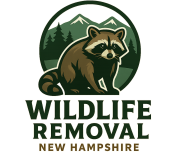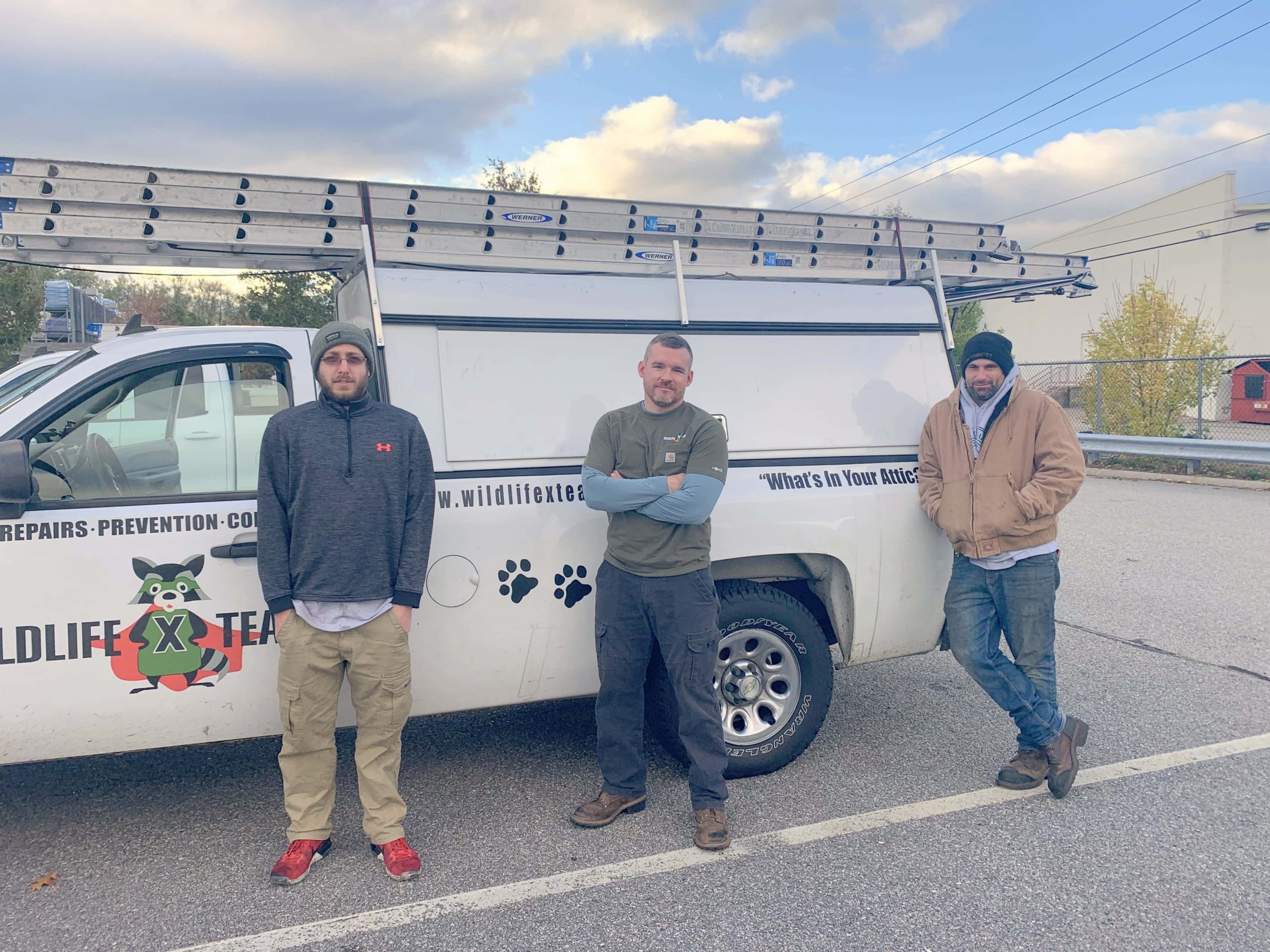Wildlife Removal New Hampshire

Call for Your Detailed Wildlife Inspection
Exclusions and Repairs
Wildlife concerns are a major problem for homeowners in New Hampshire. These nasty critters find their way into attics, walls, crawlspaces, and chimneys to set up their residence. Moreover, they frequently visit yards and gardens in search of easy food.
However, these animals don’t magically appear within your house. They’re getting in somehow! Raccoons will rip through smaller open holes in the roof area just to get access to the attic. Rats and mice get in through very small holes, less than 20 mm in diameter. With their powerful teeth, they’re also capable of drilling through wood and other materials to gain access to houses. Moles will burrow their way into your yard.
That’s why the first step towards dealing with a wildlife problem is understanding the root cause. This involves identifying all the potential entry holes. Failure to do so only means you’ll deal with the same problem in the future. At Wildlife Removal New Hampshire, our professional team of wildlife experts is adept at investigating wildlife problems, solving them, and implementing prevention techniques that will ensure the problem doesn’t reoccur.
Repairing Damages Caused by Wildlife
Once a wild animal gains access to your property, it’ll begin to cause a nuisance. From making different noises to polluting the area with their droppings and urine, to chewing on wires, insulation materials, and more, they will gradually weaken the integrity of the building. Here’s how we recommend going about repairs at Wildlife Removal New Hampshire:
- Sealing Entry Holes in the Wall or Basement
All potential entry holes must be perfectly repaired to prevent reentry in the future. For smaller holes, filler type products can be used – steel wool, hardware cloth, or cement are suitable. However, for larger holes, you may need to replace a few bricks. For holes created by burrowing animals to gain access to your basement, you’ll have to seal and repair it. Furthermore, you’ll have to check the exterior and seal the holes there also.
- Attic Repairs
Animals like raccoons and squirrels get in through vulnerable spots in the attic. That’s why all these vulnerable spots have to be identified and repaired. This may involve repairing the soffit, replacing the fascia board, replacing the vent, and other roof repair works. If there’s only a single vent entry, rather than replacing the vent, it is more effective to install a wire mesh as it is stronger. Since animals tend to have multiple entry holes to the attic, it’s crucial to thoroughly inspect the roof area so that you can locate all the entry holes.
Walls support the weight of a building. When an animal damages the wall, in a way, it reduces the structural integrity of the building. That’s why it’s worth hiring professionals like Wildlife Removal New Hampshire to deal with it. For smaller holes, metal-backed patches can be used. For larger holes, that part of the wall may need to the replaced. Thereafter, drywall is placed over the patched area and smoothed with sandpaper before painting.
- Chimney Repairs
Animals like bats, squirrels, and raccoons like to reside in the chimney because it’s warm, high, and it provides safety against predators – the perfect place to raise their young. Preventing access to the chimney is quite easy as it involves installing a new and durable chimney cap. The type of wild animals you’re dealing with will determine the strength of the chimney cap required. In general, stainless steel is the toughest and most durable. The cap should be properly installed so there is no room around the joints that can be exploited by these nuisance critters.
Preventing Reentry
After the damages have been repaired, the infected space can then be decontaminated to kill all germs and bacteria.
But more importantly, certain things have to be put in place to prevent these animals from coming back. That’s why all food sources that serve as attractants have to be eliminated. Also, all potential hiding spots must be eliminated from your property.
At Wildlife Removal New Hampshire, we can help you repair the damages caused by wildlife to your house. By implementing an effective control strategy, you can be assured that the problem won’t occur again.
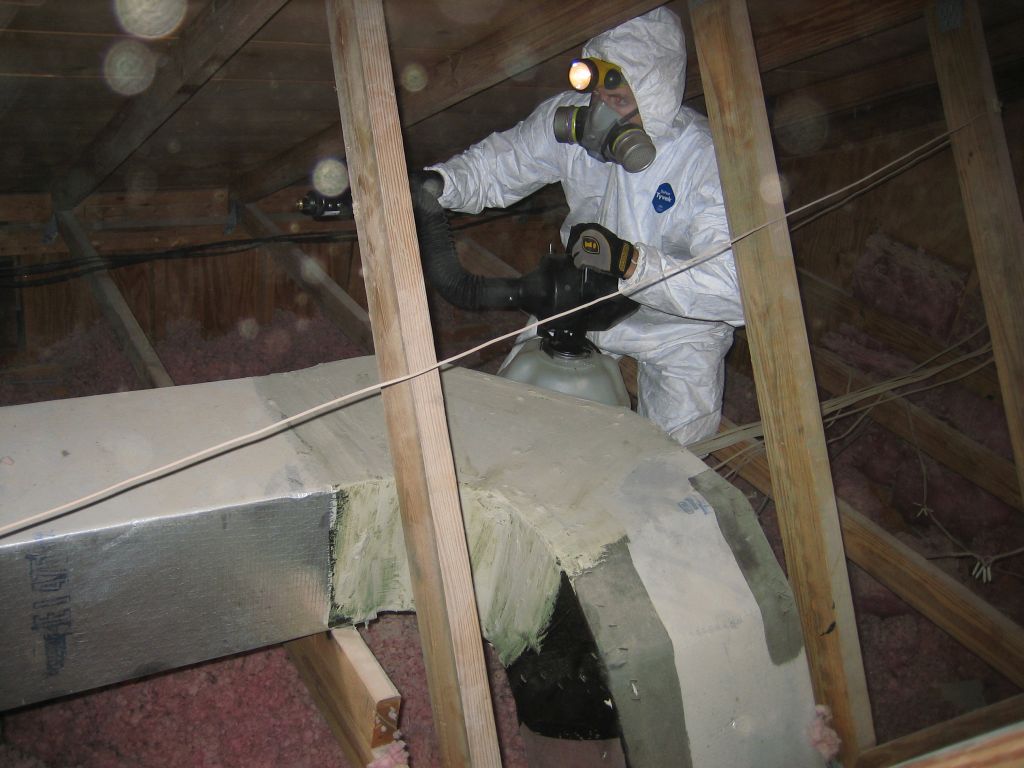
How to Find the Animal Entry Holes In Your House
One of the most common questions we hear from homeowners in the New Hampshire area is, how do you locate animal entry points in your home? Here, at Wildlife Removal New Hampshire, we’ve had plenty of experience down the road searching for and locating such entry holes. Here is a beneficial resource to learn how to inspect wild animal entry holes at pestwildlife.com. In this article, we’re going to give you some pointers on how you can search for them, too!
First of all, narrow down your search
There’s no point looking for animal entry points in areas of the home where the animal isn’t likely to be, is there? So before we get started, we need to narrow down the areas of the home most likely to be targeted by wildlife.
Now, of course, this varies from animal to animal. But bear in mind that most wildlife will look for parts of the home that are uninhabited, such as the attic or the basement. So it might be a great idea to start there. The roof may also be worth checking out, as it offers easy access to the attic.
Take binoculars, a ladder, and ideally gloves with you
Often, a quick inspection will do, and the entry point may become obvious. But sometimes, you’ll need to be a little more thorough, in which case, it’s a good idea to come prepared. For example, packing a pair of binoculars and a flashlight can help you see better in darkened corners. And darkened corners are precisely what we’re looking for because these animals aren’t likely to come in through the front door.
Why did we mention gloves? Well, if there’s one thing we keep seeing, it’s people going in unprepared and thus putting themselves in harm’s way. It’s important to keep in mind that these animals are carriers of disease, and so may endanger you and your family. When you go looking for animal entry points, you may come into contact with animal remains droppings, or even the animal itself. So you want to protect bare skin, to minimize the risk of infection.
If at first, you don’t succeed, look for droppings
Sure, you might find the entry point during your initial search. Or you might not, in which case, you want to focus on the key clues that alert us to an animal’s presence. And those are, of course, the animal’s droppings.
Why?
Well, the more time an animal spends in an area of the house, the more clues of its presence you’ll find there. So it’s quite likely to find animal feces, hair, fur, and other such clues near the entry point.
Wildlife Removal New Hampshire Tip: Start low, end high
When searching for animal entry points, you want to start along the baseline of your walls, since that’s where it’s most likely to find them. That, or along the top edge. So when you go looking, we suggest that you take your flashlight and do a thorough, inch by inch inspection of the walls in your attic, basement, or wherever else you’re looking.
What to do when you find the entry point…
Okay, so now that you’ve located the animal’s entry point, you might be tempted to seal it off straight away. We, at Wildlife Removal New Hampshire, however, have found it’s best to wait until the animal is off the premises.
Sealing the entry point before that, you risk trapping animals inside, which can lead to all sorts of unpleasantries. By doing this, you could force the animal to seek a new entry point, or failing that, die somewhere inside. And nobody wants that, do we?
Get Quote for Your Exclusive Wildlife Inspection Report.®


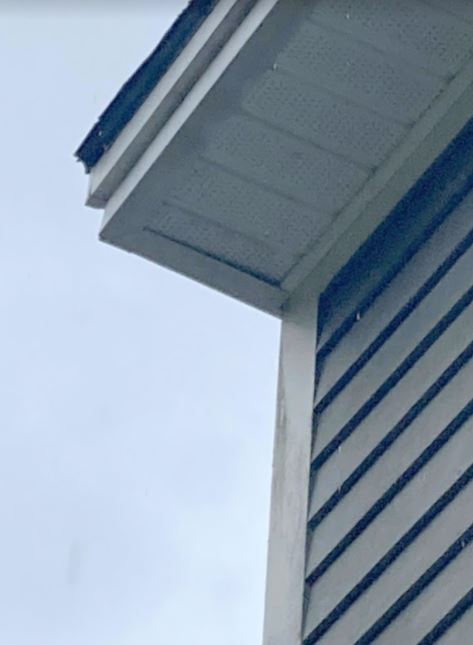
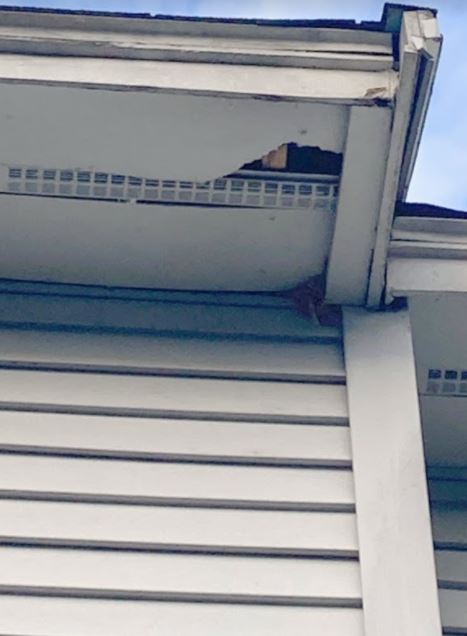

Call for Your Exclusive Wildlife Inspection Report.®

